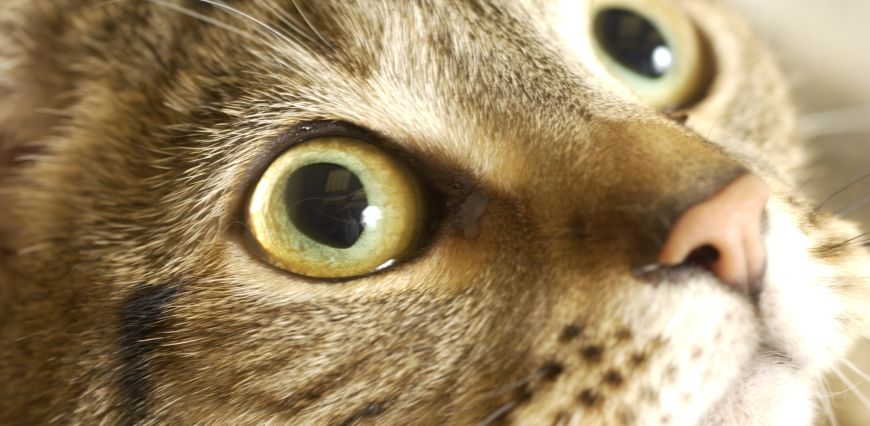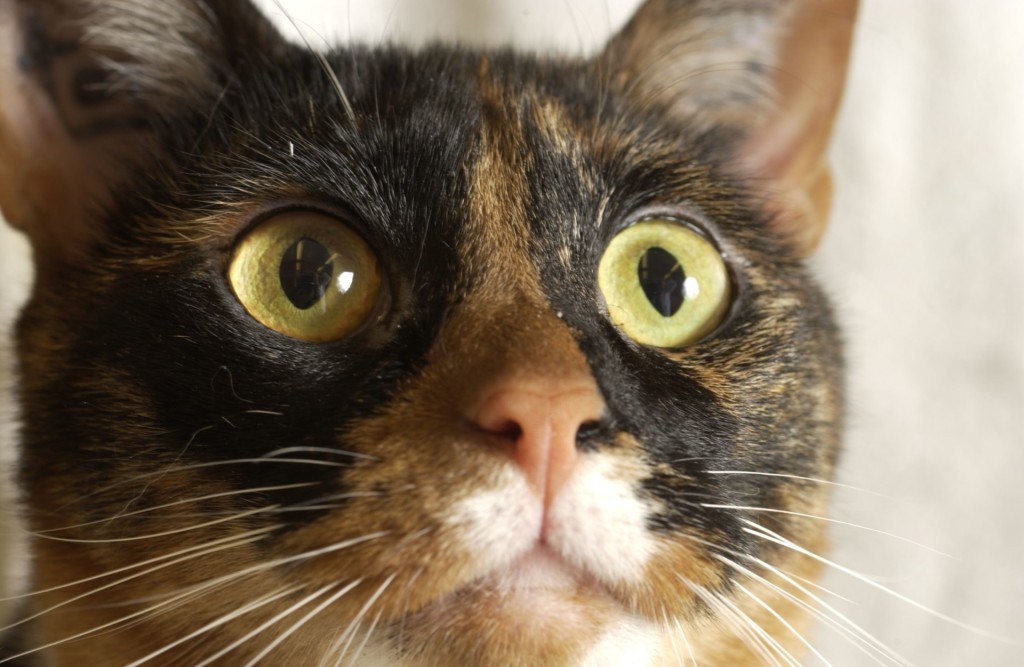
By Jennie Willis
Why do our pets act the way they do?
Some pet behaviors are inherited, while others are learned or based on environmental influences. It’s helpful for pet owners to understand the behaviors of their furry friends so that animals may be managed for the health and happiness of entire households.
Here’s a behavior-related question and answer that I hope will help multiple cat owners.
My family is adopting a new male cat; we already have a female kitty. What is the best way to introduce these two so that the new cat integrates into our household and we promote feline friendship?
Congratulations on adopting your new cat! It is easy to go too quickly in your introductions, so you are right to think about this issue.
Paging Dr. Ram
Jennie Willis, a CSU instructor in applied companion animal behavior, will discuss pet aggression and offer solutions during a free, online presentation 6-7 p.m. April 19. The “Paging Dr. Ram” session is interactive, allowing audience members to tune in and ask questions from any location by computer or tablet. Join in by clicking here.
Cats don’t like to be surprised by new family members and may react with fear and aggression, leaving a lasting impression on the newcomer. It is important to go slowly and to take steps to acquaint the new housemates, with planning starting even before they actually meet.
It takes weeks for cats to form a relationship. If the introduction goes too quickly, the risk of damaging the new relationship is higher. Your goal is to nurture the best possible feelings between the cats.
Here are some steps to take:
- Make the new cat his own room. Create a neutral space that won’t infringe on the social space of the resident cat. A good choice might be a spare bedroom that is not often used. Place food, water and litterbox in the newcomer’s space. Add soft bedding, scratching posts and toys to decrease stress.
- Find ways for the cats to associate positive feelings with each other. For instance, create feeding stations on opposite sides of the door; feed the cats at the same time, with one kitty on one side of the door and the other cat on the other side. This will increase positive associations by linking the sounds and smells of the new housemates with something they both enjoy.
 Continue the gradual introduction by encouraging the cats to play together – through a closed door. This way, the cats can explore their mutual curiosity without feeling threatened. To do so, place a new toy under the doorway so that the cats bat it back and forth. Animals that play together will stay together.
Continue the gradual introduction by encouraging the cats to play together – through a closed door. This way, the cats can explore their mutual curiosity without feeling threatened. To do so, place a new toy under the doorway so that the cats bat it back and forth. Animals that play together will stay together.- Normalize the smell of a new housemate by switching the bedding of the cats. This will help them accept each other by creating a shared scent profile.
- When the new cat seems comfortable in his isolated space, switch the places of your cats. Put the resident cat in the new cat’s room, and allow the new cat the opportunity to explore the house. This continues the development of a shared scent profile without threatening either kitty.
- Allow the cats to see each other for the first time in a controlled and positive setting. Feeding time is one good time to allow them visual access. Sitting relaxed on the laps of owners could also be a good time for their first sighting. For young or very playful cats, playtime might be a good first visual contact.
- Continue these incremental steps toward physically introducing the cats, always looking for ways to associate their meetings with activities they enjoy.
Contrary to popular belief, cats are social creatures and can get along well with others. An introduction that occurs over an extended period of time will help the cats attach positive feelings to each other and will encourage them to be trusted companions.
Jennie Willis, Ph.D., instructs Colorado State University veterinary students in applied companion animal behavior and co-advises the CSU student chapter of the American Veterinary Society of Animal Behavior. She coordinates the CSU master’s degree program in Zoo, Aquarium and Animal Shelter Management.